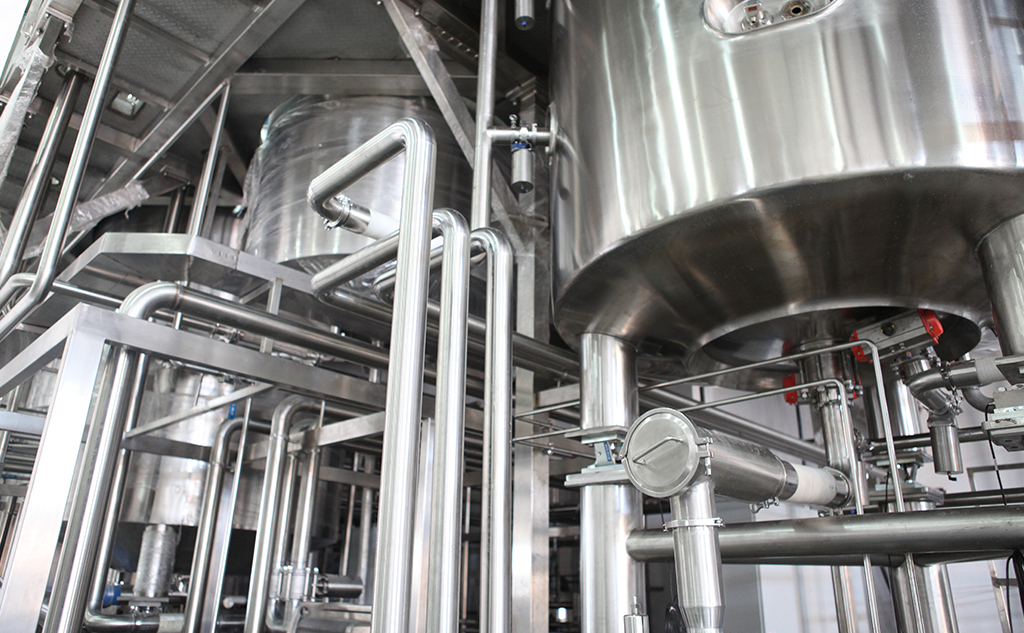Heating currently accounts for almost half of final energy consumption in France, but remains largely reliant on fossil fuels. At the end of 2018, the percentage of consumed heating originating from renewable sources stood at just 19.9%, while the objective set for 2030 by the French government’s Energy Transition for Green Growth (TECV) act is 38%. Alongside fuelwood, solar energy, air source heat pumps (ASHP) and other renewable heat solutions, heating and cooling networks have their part to play too. Moreover, French law also imposes a fivefold increase in the amount of renewable heating and cooling distributed through such networks over the same time period. What’s the current situation?
A heating network is a centralised heat distribution system allowing a number of users to be served. It comprises one or more heat production units, a primary distribution network (employing a heat transfer medium) and a number of heat exchanger substations with secondary distribution networks to serve the buildings.
Based on the same principle, a cooling network provides for the cooling needs of buildings connected across a site, neighbourhood or even an entire town. This comprises a production plant (refrigeration unit) which produces chilled water, a primary network, a delivery unit (substation) and a secondary network. The installations use either a refrigeration compression unit or an absorption chiller, the latter requiring heating provision which can be from renewable or recovered energy sources. Other systems may also be used, such as free cooling (natural cooling provision)(1) or a thermorefrigerating pump, a hybrid system which can be used to produce both cold and heat.
Sharing of thermal comfort needs
In 2018, the vast majority (87%) of the 781 heating networks in operation in France supplied residential and commercial buildings, the rest (13%) being divided between industry, agriculture and interconnected networks. These networks supplied more than 40,000 connected buildings with a total of 25.4 TWh. The 23 cooling networks in operation cater mainly for the cooling requirements of commercial buildings such as offices, hotels, airports and hospitals. In 2018 these supplied some 1,380 buildings with 1.05 TWh.
A greater proportion of renewable and recovered energy sources
Even though overall production has remained relatively stable (2), the use of renewables in heating networks has more than doubled in ten years, climbing from 27% in 2009 to 57.1% in 2018 (14.1 TWh out of the 25.4 supplied). In addition, the energy used comes from locally-available energy sources, such as waste-to-energy (WtE) (25%), biomass (22%) and geothermal (5%). As a result, the networks’ CO2 burden has fallen by 45% since 2006, decreasing from almost 210 g/kWh to 116 g/kWh. According to the SNCU (3), this average content makes heating networks “emit 36% less than electricity (180 g/kWh), 50% less than natural gas (234 g/kWh) and 61% less than domestic fuel oil (300 g/kWh)“. Heating networks are therefore in second place, behind biomass (13 g/kWh).
However, these promising “greening” statistics (14.1 TWh out of the 25.4 TWh supplied) must not obscure the fact that the figures remain far short of the objectives set. In fact, France’s multiannual energy plan (the PPE) envisages 24.4 TWh coming from renewable sources by 2023 (of a total estimated production of 41 TWh) and the TECV act is counting on 39.5 TWh by 2030 (of a total estimated production of 61 TWh).
25 initiatives to speed up implementation
More broadly, the sector needs to be further developed in France, whether through installing new networks or expanding existing ones. With this in mind, the French Ministry for the Ecological and Solidarity Transition (MTES) set up a working group in early 2019, tasked with identifying and removing existing obstacles. Twenty-five initiatives were chosen, based on five key objectives: increasing the implementation and appeal of the networks, improving information and consumer protection systems, making the networks more financially competitive, helping to make the energy supplied by the networks greener, and promoting innovation and investment in R&D.
So for example communication and awareness-raising initiatives should be rolled-out, as well as campaigns to convince communities of over 10,000 members to come on board. The terms of the French Environment & Energy Management Agency’s “Fond Chaleur” (“heating fund”) should be changed (for example by enabling networks assisted by the fund to obtain energy saving certificates (CEE), which previously could not be held concurrently). In terms of “greening”, eligibility criteria for 5.5% VAT could be revised (rising to 60% of renewables compared to 50% currently). It should also be noted that in late November, the French Senate proposed applying this reduced rate to cooling networks as well.
Other initiatives involve facilitating the recovery of heat that is unavoidably produced by industrial processes, encouraging the move away from coal (which still accounts for 4.4% of the networks’ energy mix), and promoting geothermal energy production in areas with significant such resources. Local authorities could be authorised to encourage, or possibly even require, the connection of new buildings where they are located close to a network. Finally, calls for R&D projects should be launched, particularly in the area of digital management tools. Emphasis should also be given to innovation and training.
READ MORE
« Les chiffres clés 2018 des réseaux de chaleur et de froid », [“2018 key figures for heating and cooling networks”] – annual survey carried out by the SNCU with Amorce.
1) This natural cooling can be provided by a watercourse (e.g. the river Seine in Paris) or by the sea (e.g. the Mediterranean in Marseille).
2) The figure was 23.4 TWh in 2012.
3) SNCU: Syndicat national du chauffage urbain et de la climatisation urbaine (French national urban heating and air conditioning association). The SNCU is a member of Fedene, the French energy and environmental services federation.




